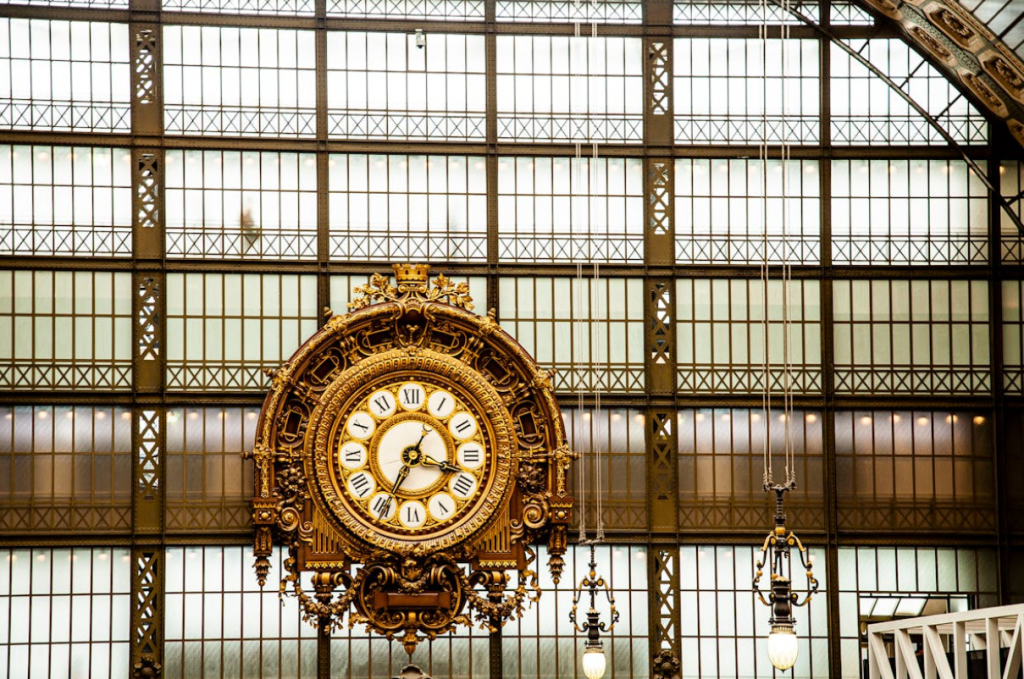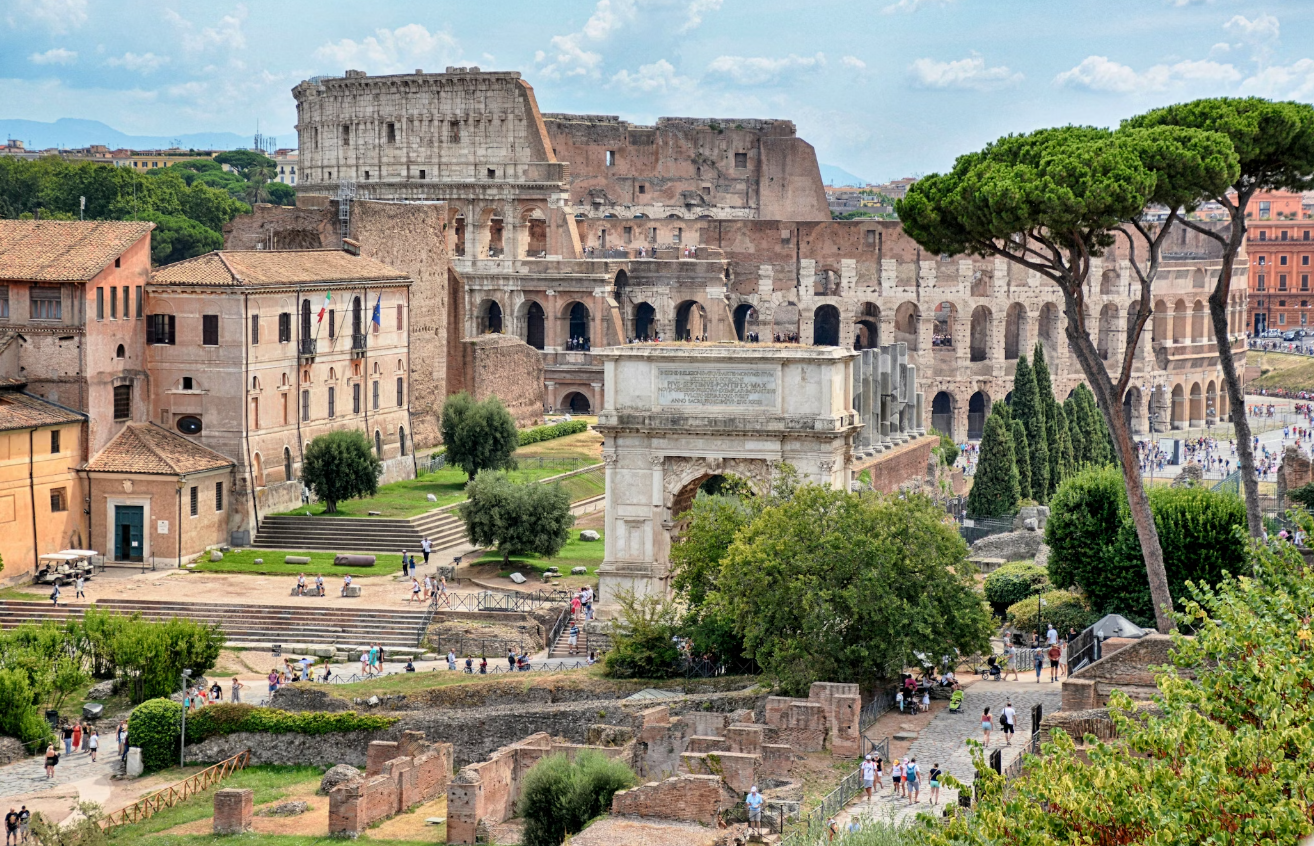Introduction: The Allure of Barcelona
When you think of Barcelona, what comes to mind? For many, it’s a city of sunshine, sandy beaches, and delicious tapas. But beneath this surface, Barcelona is a mecca for art and culture, a city where history and creativity blend effortlessly. Whether you’re wandering through the narrow alleys of the Gothic Quarter, standing in awe beneath the towering spires of La Sagrada Família, or losing yourself in the vibrant street art that decorates the city’s walls, Barcelona offers an endless array of artistic experiences.
A City of Endless Inspiration
Barcelona’s creative energy is contagious, inspiring not only artists but anyone who steps foot in the city. The blend of Catalan traditions and modern influences makes it a unique hub for art lovers. If you’re someone who appreciates the fine arts, Barcelona is a place where every street corner holds a new discovery, every building tells a story, and every work of art is a testament to the city’s cultural richness.
Barcelona’s Artistic Legacy
Barcelona has long been a magnet for artists from around the world. Its unique combination of old-world charm and modernist innovation has created an artistic legacy like no other. Two names stand out in the city’s art history: Antoni Gaudí and Pablo Picasso.
The Genius of Antoni Gaudí
No discussion of Barcelona’s art scene would be complete without mentioning Antoni Gaudí, whose visionary architecture has left an indelible mark on the city. His works, especially those in the Modernisme style, are among the most recognizable symbols of Barcelona. From the enchanting Sagrada Família to the whimsical Park Güell, Gaudí’s influence is woven into the very fabric of the city. His buildings are not just structures; they are sculptures that tell stories through their organic shapes and intricate details.

The Picasso Connection
Pablo Picasso, one of the 20th century’s greatest artists, spent his formative years in Barcelona, and the city has embraced him as one of its own. The Museu Picasso in the El Born district houses one of the most extensive collections of Picasso’s early works. A visit here is a journey through the evolution of Picasso’s artistry, from his classical beginnings to the groundbreaking Cubism that would change the art world forever.
Exploring the Museums of Barcelona
Barcelona is home to a wealth of museums that showcase its rich art history. Whether you’re a fan of classical paintings, contemporary art, or everything in between, the city’s museums have something to offer.
Museu Picasso: A Journey Through Art History
A trip to the Museu Picasso is a must for any art lover. The museum’s collection includes over 4,000 works by Picasso, with a focus on his early years in Barcelona. Here, you can trace Picasso’s evolution from a traditional academic painter to a revolutionary artist who broke all conventions.
Museu Nacional d’Art de Catalunya (MNAC)
For a broader view of Catalan art, head to the MNAC, located on Montjuïc Hill. The museum is home to an impressive collection of Romanesque, Gothic, and Renaissance art, along with a rich display of modernist works. The museum’s location offers stunning views of the city, making it a perfect place to spend an afternoon.
Fundació Joan Miró: A Tribute to Surrealism
Another iconic artist whose presence is felt in Barcelona is Joan Miró. His foundation, the Fundació Joan Miró, is dedicated to showcasing his unique surrealist works, as well as those of other contemporary artists. The museum itself is an architectural gem, designed by Miró’s close collaborator, Josep Lluís Sert.
The Architecture of Barcelona: A Living Canvas
Barcelona’s architectural landscape is a work of art in itself. From the intricacies of Gaudí’s creations to the Gothic grandeur of the city’s oldest buildings, Barcelona is a city where architecture tells its own story.
La Sagrada Família: Gaudí’s Masterpiece
La Sagrada Família is perhaps the most iconic example of Gaudí’s genius. This monumental basilica, still under construction after more than a century, is a testament to the artist’s dedication to combining art, religion, and nature into a single structure. Every corner of the basilica is adorned with symbolism, making it not just a place of worship but a living, breathing piece of art.
Casa Batlló and Casa Milà: Unveiling Modernist Gems
Gaudí’s Casa Batlló and Casa Milà (also known as La Pedrera) are two of his most famous works in Barcelona. These buildings exemplify the modernist movement with their organic forms and vibrant colors. Casa Batlló, often referred to as the “House of Bones,” is particularly famous for its skull-like balconies and mosaic-covered façade.
Gothic Quarter: Where History Meets Art
The Gothic Quarter (Barri Gòtic) is a labyrinth of medieval streets that transport visitors back in time. This area is home to some of the city’s most historic buildings, including the Barcelona Cathedral. The Gothic Quarter is also a hotspot for street art, where modern creativity meets ancient architecture.
The Festivals and Events That Shape Barcelona’s Culture
Barcelona’s cultural scene extends beyond galleries and museums. The city is also known for its lively festivals and events that celebrate music, dance, and the arts.
La Mercè Festival: The Heartbeat of Barcelona
The La Mercè Festival, held every September, is one of the most important cultural events in Barcelona. This celebration honors the city’s patron saint, and it’s a time when the streets come alive with music, dancing, parades, and fireworks. The event is a perfect example of how Barcelona combines its deep-rooted traditions with contemporary creativity.
Primavera Sound: A Celebration of Music and Art
For music lovers, Primavera Sound is a must-see. This annual festival, held in the spring, attracts some of the biggest names in music across genres, from rock to electronic. It’s more than just a concert – it’s a celebration of art, culture, and the vibrant energy of Barcelona.
The Art Scene in Barcelona’s Streets
Barcelona isn’t just home to traditional forms of art; its streets are alive with vibrant street art that transforms the city into a massive open-air gallery.
Graffiti and Street Art: The City’s Urban Canvas
In neighborhoods like El Raval and Poblenou, the walls are covered with graffiti and murals that reflect the city’s raw, urban energy. These works of art speak to the issues, creativity, and spirit of Barcelona’s diverse population. Street art has become a fundamental part of Barcelona’s cultural identity.
Barcelona’s Culinary Scene as Art
Barcelona’s cuisine is another form of art. The city is known for its creative approach to food, blending traditional Catalan flavors with innovative techniques.
The Role of Food in Barcelona’s Cultural Landscape
Food in Barcelona is an expression of the city’s history and creativity. From tapas to modernist cuisine, the food scene here is as much about art as it is about flavor. Each dish tells a story of the region’s culture, history, and evolving tastes.
Top Culinary Experiences in the City
For an unforgettable culinary experience, visit some of Barcelona’s renowned restaurants, such as Tickets, El Celler de Can Roca, or Cal Pep. These establishments showcase the art of cooking in its finest form, turning meals into a multi-sensory experience.
Barcelona: A City for the Modern Artist
Barcelona is also a city that celebrates contemporary art. The modern art scene here is thriving, with numerous galleries and public installations that push the boundaries of creativity.
Contemporary Art Galleries
Barcelona is home to a thriving contemporary art scene. Galleries like the MACBA (Museu d’Art Contemporani de Barcelona) offer a platform for both local and international artists to showcase their work.
Art in Public Spaces
Public art installations can be found throughout the city, turning public spaces
4o

No responses yet